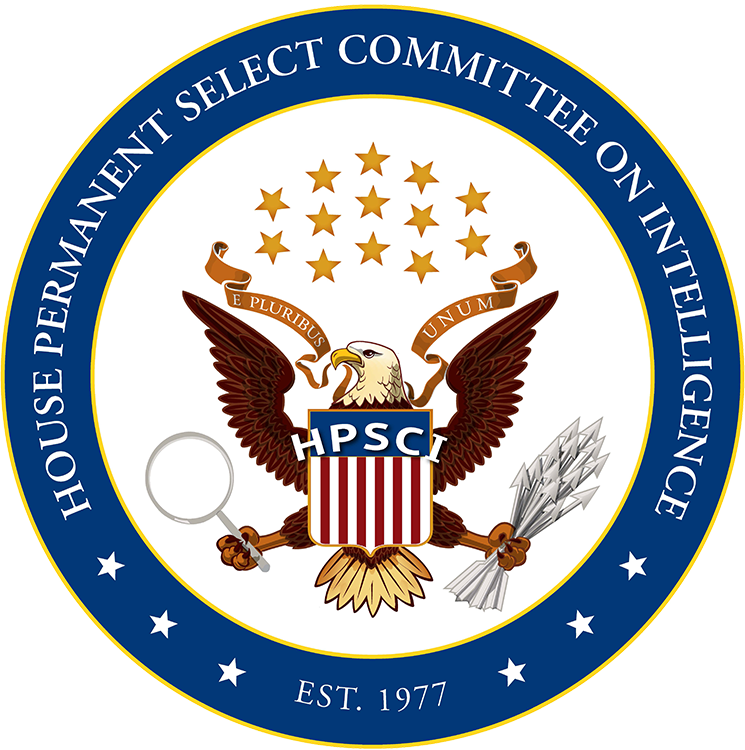Press Releases
House Intelligence Committee Releases Report on Defense Intelligence AgencyReview of the DIA and Recommendations Focused on Agency’s Roles and Missions
Washington,
June 6, 2019
Washington, DC – Today, The House Permanent Select Committee on Intelligence released the executive summary and recommendations from its bipartisan review of the Defense Intelligence Agency’s (DIA) roles and missions that was completed in late 2018 under then-Chairman Devin Nunes and then-Ranking Member Adam Schiff, and sent to the Intelligence Community (IC) for declassification review. In Spring 2017, the Committee began a bipartisan study of the DIA as part of its oversight over the organization’s authorities, management systems and delivery of intelligence to warfighters and strategic decision makers. This study built upon earlier reviews conducted by the Office of the Chairman of the Joint Chiefs of Staff, Office of the Director of National Intelligence (ODNI) and the Office of the Undersecretary of Defense for Intelligence. The Committee found that while the DIA provides excellent intelligence on foreign military capabilities and retains several unique capabilities within the broader intelligence community, the Agency faces challenges in several key areas such as support to planning and targeting, analysis and defense collection management. These long-standing issues result in part from the DIA’s challenging command and control structure and a steady accumulation of responsibilities. The report makes several key recommendations designed to improve the DIA’s effectiveness:
Many of the Report’s recommendations are being implemented. “For more than a year, HPSCI staff conducted a rigorous review of the DIA, including travel, briefings and a deep dive into the roles and mission of the Agency. This type of oversight is exactly what the American people expect of Congress – thoughtful, serious, bipartisan, and focused on where Congress can make a real difference by bringing an outsider’s perspective,” said Chairman Adam Schiff. “We must continue to ensure that our nation’s defense intelligence enterprise is optimized to support our warfighters in an increasingly complex world, promote important cultural changes to the DIA workforce, and ensure that Congress continues to support their mission while also continuing to conduct robust oversight.” “This report was a major priority for the Intelligence Committee in the last Congress,” said Ranking Member Devin Nunes. “We conducted a comprehensive study of the DIA’s structure and developed specific recommendations to increase its efficiency. I hope our findings will be carefully studied and implemented to further improve the output of this crucial agency.” “The Defense Intelligence Agency is the heart of the defense intelligence enterprise, so we must ensure it receives the appropriate resources, authorities and guidance needed to enable its continued success,” said Rep. Terri Sewell, Chairwoman of the Defense Intelligence and Warfighter Support Subcommittee. “This report will help guide our continued oversight work, but also the agency’s roles and missions both now and in the future. I am also pleased the leadership within the Defense Intelligence Agency, Office of the Director of National Intelligence and Department of Defense have committed to working with this Committee to improve the defense intelligence enterprise’s performance and begin implementing some of the recommendations found in the report.” “The DIA serves an important function for our military,” said Rep. Brad Wenstrup, Ranking Member of the Defense Intelligence and Warfighter Support Subcommittee.“Like any other component, we seek to improve its functions and capabilities.” The Department of Defense, Office of the Director of National Intelligence and Defense Intelligence Agency have already begun implementing several of the report’s recommendations such as moving the Intelligence Community Centers of Academic Excellence, National Intelligence University and other programs, from the DIA to the ODNI. The Committee originally sought to release the report in its entirety, but after a classification review, the Committee was only able to release the executive summary which contained the Committee’s recommendations. The remainder of the report is classified according to the DIA’s review. The unclassified executive summary with full recommendations of the report can be found here. |
